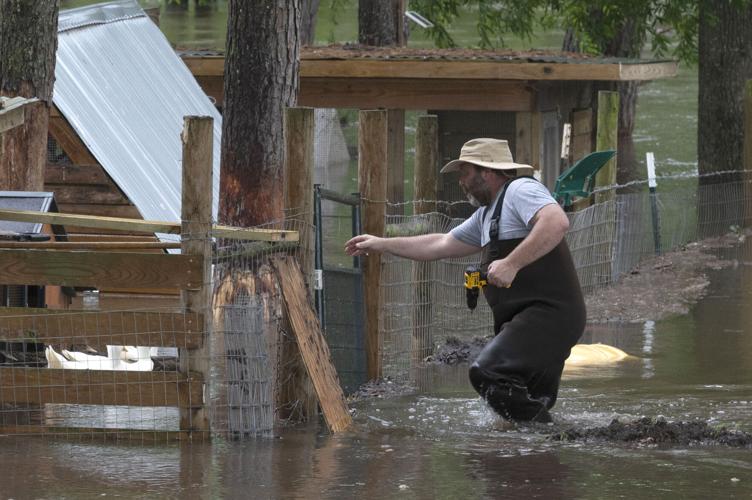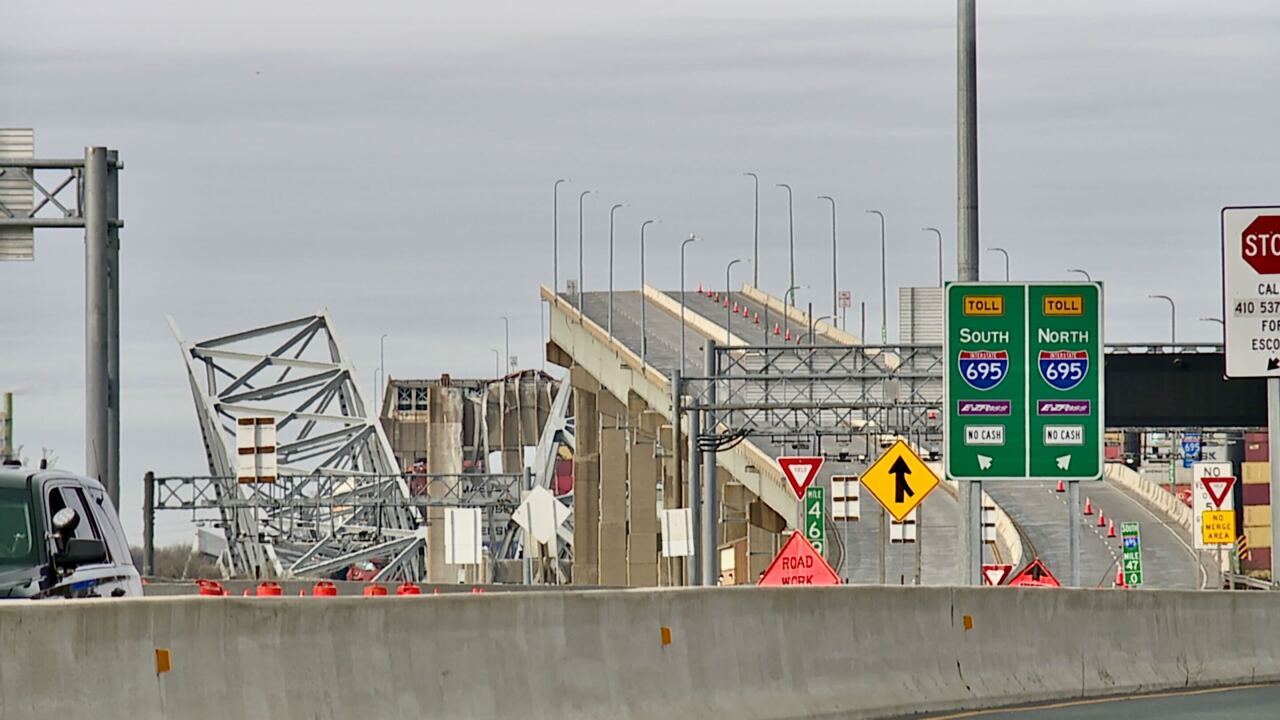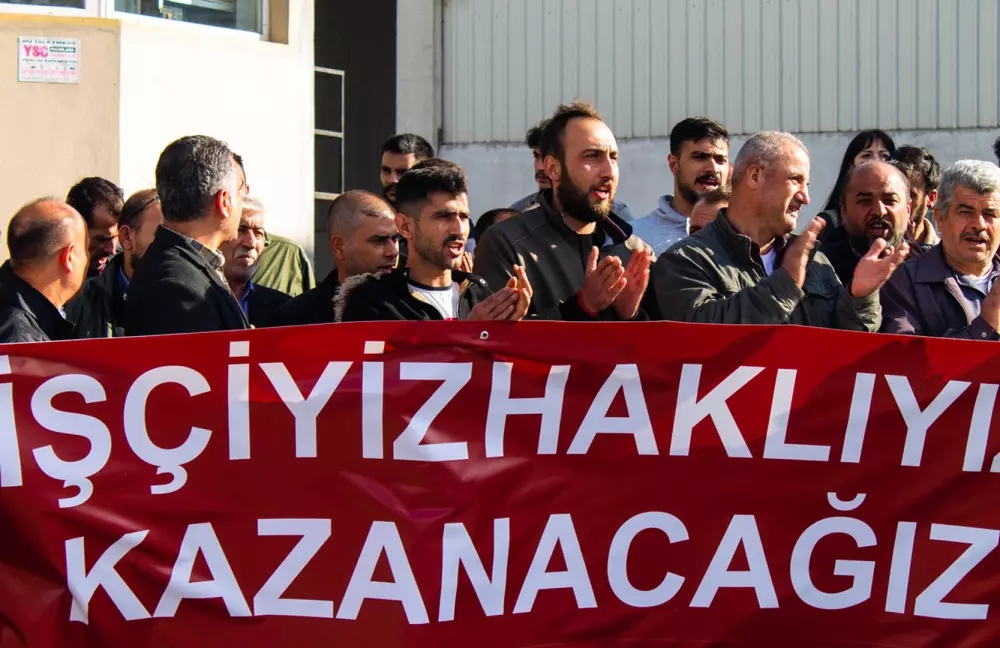Morocco Earthquake Survivors Await Rebuilding as Recovery
Progress Lags
Nearly a year after a devastating earthquake struck Morocco’s
Atlas Mountains, claiming approximately 3,000 lives and destroying entire
villages, many survivors remain in tents or temporary shelters. Frustration
grows over the slow pace of reconstruction, though community solidarity remains
strong.
The September 2023 earthquake, measuring 6.9 in magnitude
and Morocco’s deadliest in over six decades, initially displaced around 500,000
people and destroyed nearly 60,000 homes. In response, the Moroccan government
committed to rebuilding efforts, promising each family who lost their home
140,000 Moroccan dirhams (approximately $14,500) and 80,000 dirhams ($820) to
those with damaged homes. Additionally, a monthly stipend of 2,500 dirhams
($258) was promised to survivors for one year.
However, nearly twelve months later, many survivors in the
hardest-hit Al Haouz province still reside in inadequate temporary shelters
without essential services. While some families have received initial
government aid and monthly assistance, navigating the complex bureaucratic process
has hindered their ability to rebuild and resume normal lives.
Hamid Abdellah, 36, president of Anmoun Amsguine—a local
organization that shifted focus to earthquake relief—shared with The New
Humanitarian that little progress has been made since the earthquake. “We
understand everyone is focused on Gaza right now, but people have largely
forgotten what happened to us,” he said. In his village alone, out of 86
damaged houses, only two have been rebuilt.
Government data from the post-quake reconstruction
commission indicates that 56,607 families have received a first instalment of
20,000 dirhams ($2,070) for rebuilding. However, this figure has not been
independently verified, and the Ministry of Economy and Finance has not
responded to inquiries. An official from Al Haouz province stated that by May,
26,000 families had received at least one payment, aligning with local media
reports from March indicating that 24,137 families had received some form of government
aid.
Ahmed Id Ellmouden, a 61-year-old hotelier from Ouirgane,
received his reconstruction funds but remains in a makeshift tent on his
hotel’s property, unable to rebuild due to lack of permits. “The heat in the
tent is unbearable,” he explained, highlighting the extreme summer temperatures
and the non-operational fire station since the earthquake.
Ellmouden’s experience mirrors many survivors who, despite
receiving financial assistance, face significant barriers in obtaining
reconstruction permits. Official data shows that while 51,031 reconstruction
permits have been issued, only about 3,000 homes in Al Haouz were under
construction by late March. Reasons include land vulnerability assessments and
bureaucratic hurdles, such as residency registration issues that disqualify
some families from receiving aid.
The Al Haouz official defended the process, stating that aid
distribution followed strict procedures to ensure fairness and prevent
fraudulent claims. However, survivors report continued inequities and
challenges, such as inconsistent monthly stipends and inadequate financial
support for larger families.
Audrey Stauth of the International Federation of Red Cross
and Red Crescent Societies (IFRC) acknowledged significant disparities in aid
distribution among communities. The IFRC is developing a “cash for basic needs”
strategy to target the most vulnerable populations, aiming to support
additional communities soon.
Beyond financial and reconstruction challenges, survivors
also face shortages in housing, basic necessities like clean water, and mental
health support. Local NGOs and international volunteers have stepped in to fill
some gaps, fostering community resilience. Volunteers from CorpsAfrica have
provided educational and emotional support, organizing activities to help women
and children cope with trauma.
Abdelaziz Indjarene, a resident of Imi N’Tala who lost
family members and his home, emphasized the lingering psychological impact.
“Only now am I beginning to process what happened,” he said, highlighting the
need for continued mental health resources.
Local initiatives are also underway to sustain communities.
Anmoun Amsguine has established agricultural and tourist cooperatives, though
they await financial backing to become operational. Families like Ellmouden’s
have improvised small businesses, such as selling coffee and tea, to support
their livelihoods amid uncertainty over continued government assistance.
Despite the slow pace of official reconstruction, community
solidarity and local efforts remain vital as survivors await the comprehensive
rebuilding of their lives and homes. The Moroccan government’s initial estimate
of one to two years for reconstruction has been extended, with no clear
timeline in sight due to logistical challenges such as remoteness, aftershocks,
and extreme weather.
As communities continue to band together, the long road to
recovery persists, underscored by the resilience and mutual support of
Morocco’s earthquake survivors.










.jpg)